I decided that, if I”m going to be able to compare various lenses for hotspotting potential, I need to make the lighting repeatable. That means out with the old, natural light approach, and in with a completely artificially lit technique.
I started out by creating this target:
I printed it on a piece of C-sized Exhibition Fiber paper with an Epson 4900 and lit it with a Paul Buff Einstein strobe. Using the variable output control on the strobe, I made an aperture series with the 28mm f/1.4 Nikkor-D. When I looked at the images in Lightroom, I could see right away that I had a problem. The Epson 4900 inkset is not completely opaque to infrared light that the LifePixel standard IR filter responds to.
I found a crude solution; I covered the black dot with two pieces of gaffer tape. It wasn’t a perfect IR sink either, but it was a lot better:
In order to calibrate out some of the lens transmission differences — and, in the IR region, these very quite a bit across the samples that I’ve tested — I measured both the central black square, and the piece of gaffer tape on the right in Lightroom’s percentage with the sRGB tone curve.
Here’s the raw central data:
The Nikkor seems relatively immune to hot spotting. The CO lens might have a little at some of the wider apertures, but not wide open. The Zeiss lens starts out not so good, and rapidly gets worse as you stop down.
I linearized all the Lr gamma corrected values, took the ratio of the center gaffer tape readings to the right side gaffer tape readings, and plotted the result using a log scale :
Well, the results are different, but not in a way that heightens enlightenment, at least for me. There is one possible exception: you could say that the Zeiss results say that the lens is usable at f/8 and wider.
All in all, this is not a totally satisfying outcome. There are lots of things that could be done to improve the quality and the repeatability of the results.
- Go to a backlit target, with a piece of metal or something else truly IR-opaque occluding the central area.
- Develop algorithms to measure and compensate for lens falloff.
- Use light area rather than dark ones to normalize the illumination.
I know of no simple way to compensate for different light transmission vs wavelength characteristics in the lens,
I think this could easily turn into a project that’s a lot more trouble than it’s worth. For now, I think I’ll use this test as a first cut screen for hot spotting, to be followed up by field testing if the results are the least bit inconclusive.
By the way, although I did the above measurements after conversion to greyscale, I did look at the images in LR-converted false color. Here are thre
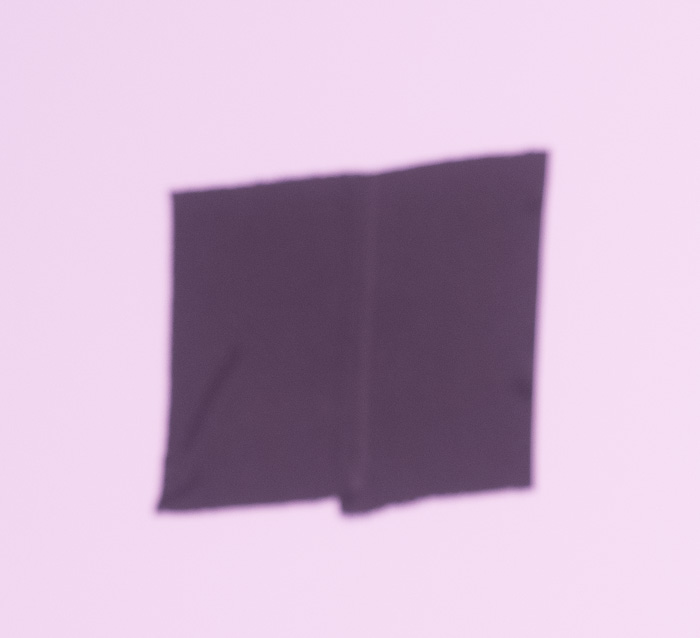
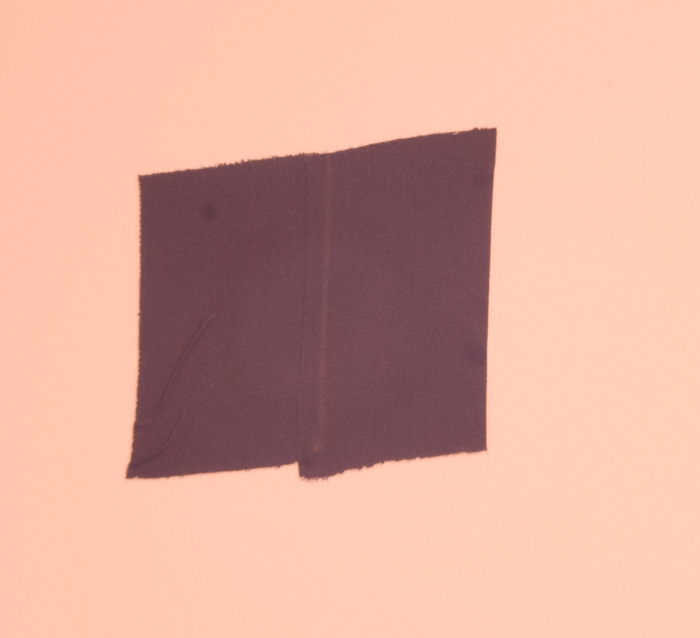
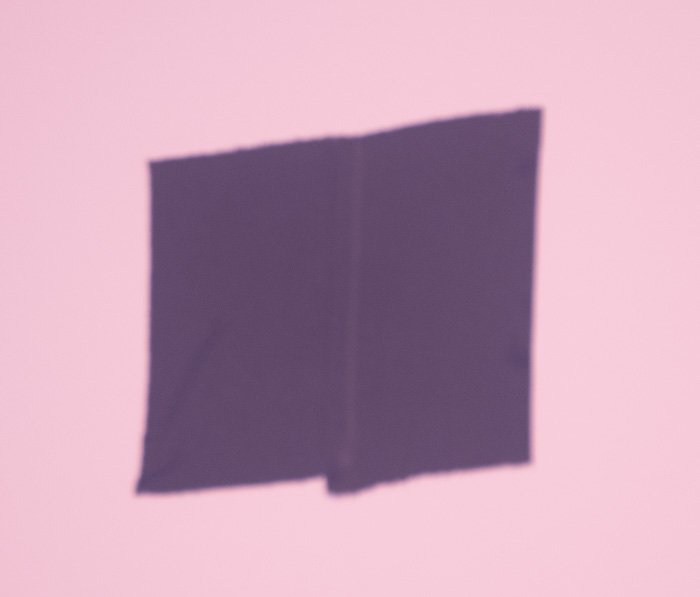
Note the spectral responses are wildly different in the light areas, They are also different, but in different ways, in the gaffer-tape-covers areas, whre the reflected spectrum in apparently different from the incident spectrum
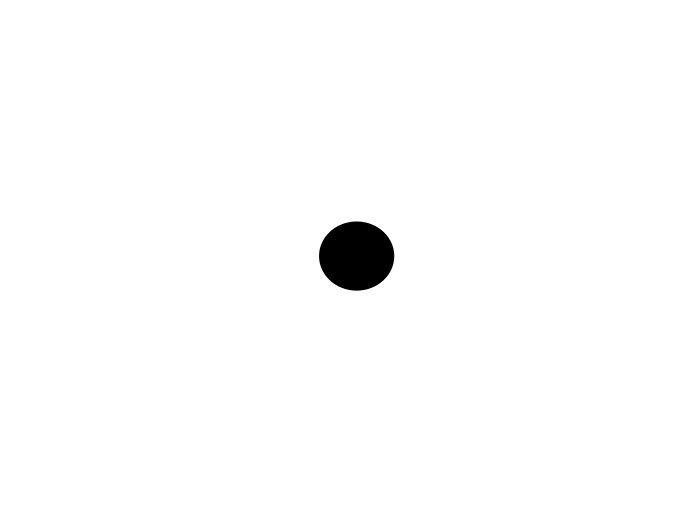
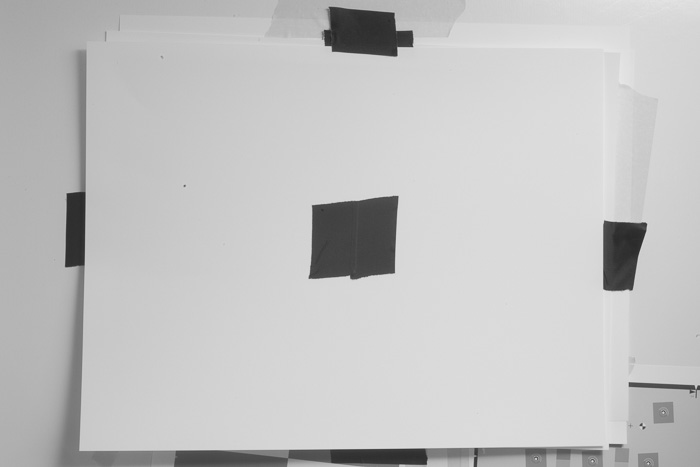
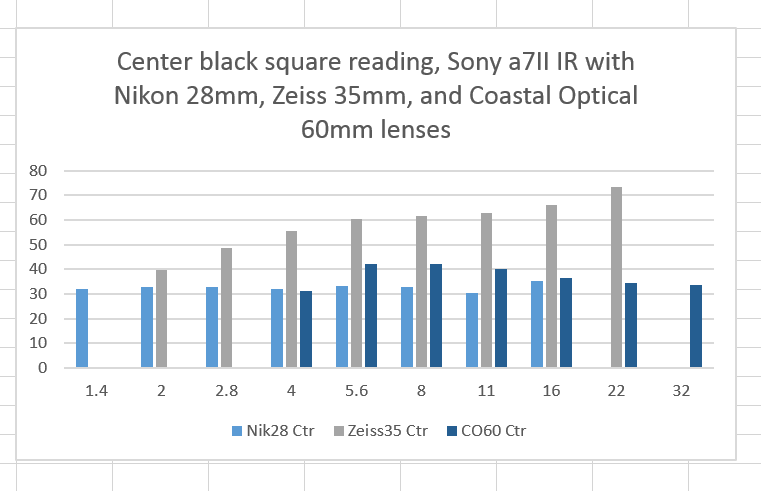
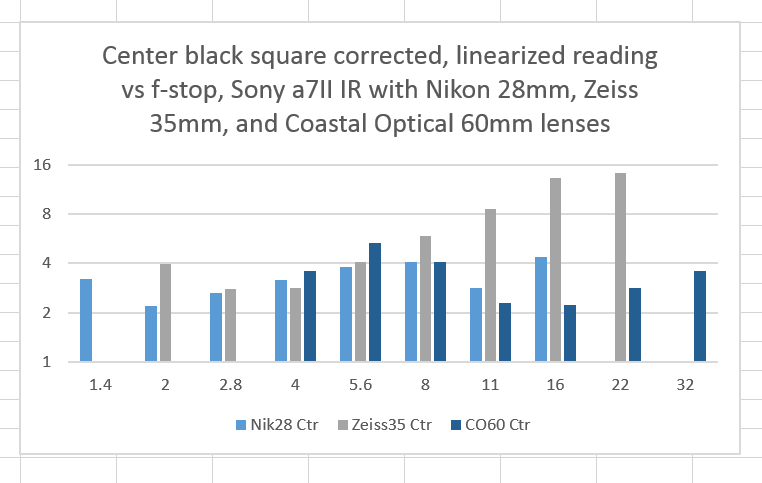
Jim
you might find these posts by brianc1959 interesting. They are by Brian Caldwell designer of the CO60/4.
http://www.fotozones.com/live/index.php/topic/14484-hotspot-testing-methodology/?p=111842
http://www.fotozones.com/live/index.php/topic/10611-troubleshooting-a-hotspot-nikon-24-70-with-converted-d200/?p=79937
Thanks. That makes a lot of sense. I notice the tests in those threads mostly involve photographing a flat field. I’ve found that not to be very sensitive, although perhaps oversensitivity is a potential worry with the dark-center tests that I’m doing.
Jim
Jim
I am not sure if you followed up with any field testing as you indicate in this post but I would be particularly interested in your results for field testing of the CO 60/4.
I have also used a North blue sky around noon, making sure to use a lens hood, and incorporating a natural surrounding of well watered green tree cover around the periphery of the image. This last part is very important and I was glad to see it in your earlier hotspot tests of the 35/2ZF.2.. As I sometimes like to push my B&W 830nm images hard, any sign of a hot spot or IR flare, even if very faint, once the RAW file drops into ACR indicates signs of trouble. However, not displaying a hot spot in ACR (no processing other than exposure and black level adjustment) obviously doesn’t mean you are free and clear, so I then pass it through to Silver Efex Pro and just hit it hard with 024 Full Contrast & Structure and see how bad it is.
If you have any field tests for the CO 60/4, especially f/5.6 to f/11, I would be interested to see the “pushed” images, if you have the means to do so.
regards
Shane
Shane, I’ll look into it, but it will take me a while. I’m just back from Alaska with 7000 images to process. And then there’s that book I’m working on.
Jim
Thanks Jim.